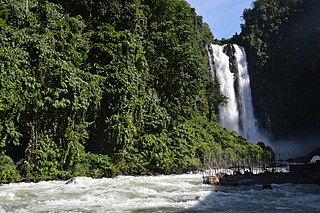
Lanao del Norte, officially the Province of Lanao del Norte, is a province in the Philippines located in the Northern Mindanao region. Its capital is Tubod.
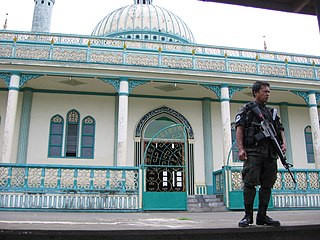
Bacolod-Kalawi, officially the Municipality of Bacolod-Kalawi, is a municipality in the province of Lanao del Sur, Philippines. According to the 2020 census, it has a population of 23,129 people.

Balindong, officially the Municipality of Balindong, is a municipality in the province of Lanao del Sur, Philippines. According to the 2020 census, it has a population of 32,573 people.
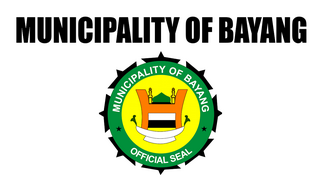
Bayang, officially the Municipality of Bayang, is a municipality in the province of Lanao del Sur, Philippines. According to the 2020 census, it has a population of 28,023 people.

Binidayan, officially the Municipality of Binidayan, is a municipality in the province of Lanao del Sur, Philippines. According to the 2020 census, it has a population of 25,965 people.

Bubong, officially the Municipality of Bubong, is a municipality in the province of Lanao del Sur, Philippines. According to the 2020 census, it has a population of 26,514 people.

Kapai, officially the Municipality of Kapai, is a municipality in the province of Lanao del Sur, Philippines. According to the 2020 census, it has a population of 20,581 people.
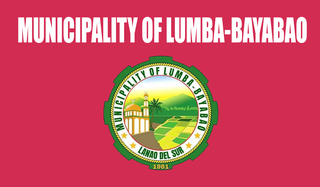
Lumba-Bayabao, officially the Municipality of Lumba-Bayabao, is a municipality in the province of Lanao del Sur, Philippines. According to the 2020 census, it has a population of 45,909 people.

Lumbatan, officially the Municipality of Lumbatan, is a municipality in the province of Lanao del Sur, Philippines. According to the 2020 census, it has a population of 22,780 people.

Madamba, officially the Municipality of Madamba, is a municipality in the province of Lanao del Sur, Philippines. According to the 2020 census, it has a population of 22,050 people.

Marantao, officially the Municipality of Marantao, is a municipality in the province of Lanao del Sur, Philippines. According to the 2020 census, it has a population of 37,763 people.

Masiu, officially the Municipality of Masiu, is a municipality in the province of Lanao del Sur, Philippines. According to the 2020 census, it has a population of 33,580 people.

Saguiaran, officially the Municipality of Saguiaran, is a municipality in the province of Lanao del Sur, Philippines. According to the 2020 census, it has a population of 26,712 people.
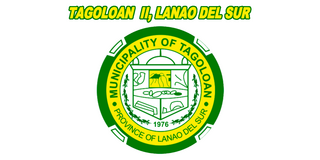
Tagoloan, officially the Municipality of Tagoloan and also known as Tagoloan II, is a municipality in the province of Lanao del Sur, Philippines. According to the 2020 census, it has a population of 12,602 people.

Baroy, officially the Municipality of Baroy, is a municipality in the province of Lanao del Norte, Philippines. According to the 2020 census, it has a population of 24,683 people.

Linamon, officially the Municipality of Linamon, is a municipality in the province of Lanao del Norte, Philippines. According to the 2020 census, it has a population of 21,269 people.
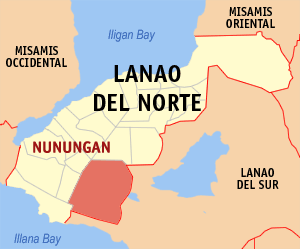
Nunungan, officially the Municipality of Nunungan, is a municipality in the province of Lanao del Norte, Philippines. According to the 2020 census, it has a population of 18,827 people.

Pantar, officially the Municipality of Pantar, is a municipality in the province of Lanao del Norte, Philippines. According to the 2020 census, it has a population of 26,599 people.

Tagoloan, officially the Municipality of Tagoloan, is a municipality in the province of Lanao del Norte, Philippines. According to the 2020 census, it has a population of 15,091 people.

Tubod, officially the Municipality of Tubod, is a municipality and capital of the province of Lanao del Norte, Philippines. According to the 2020 census, it has a population of 60,182 people.
























